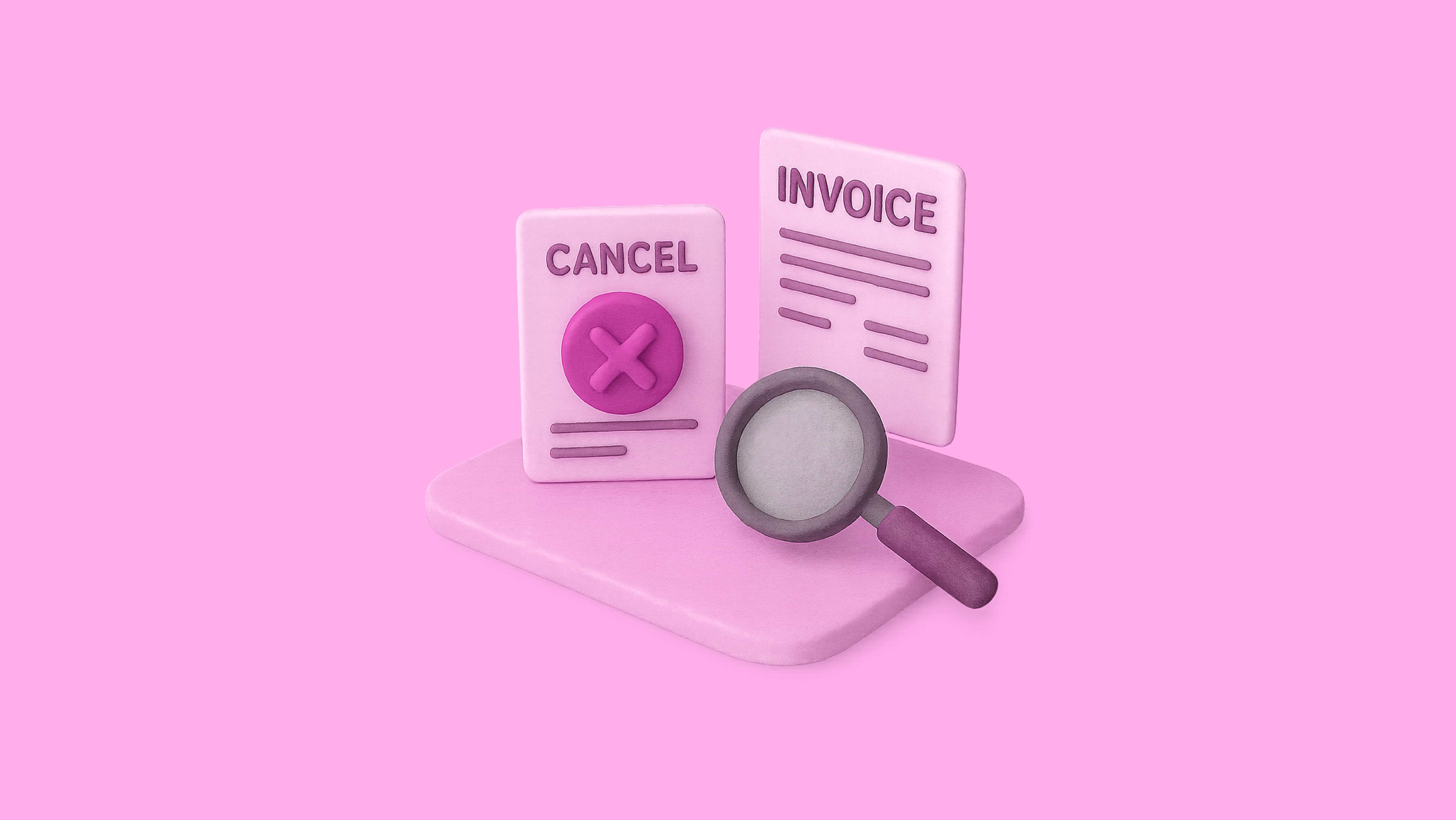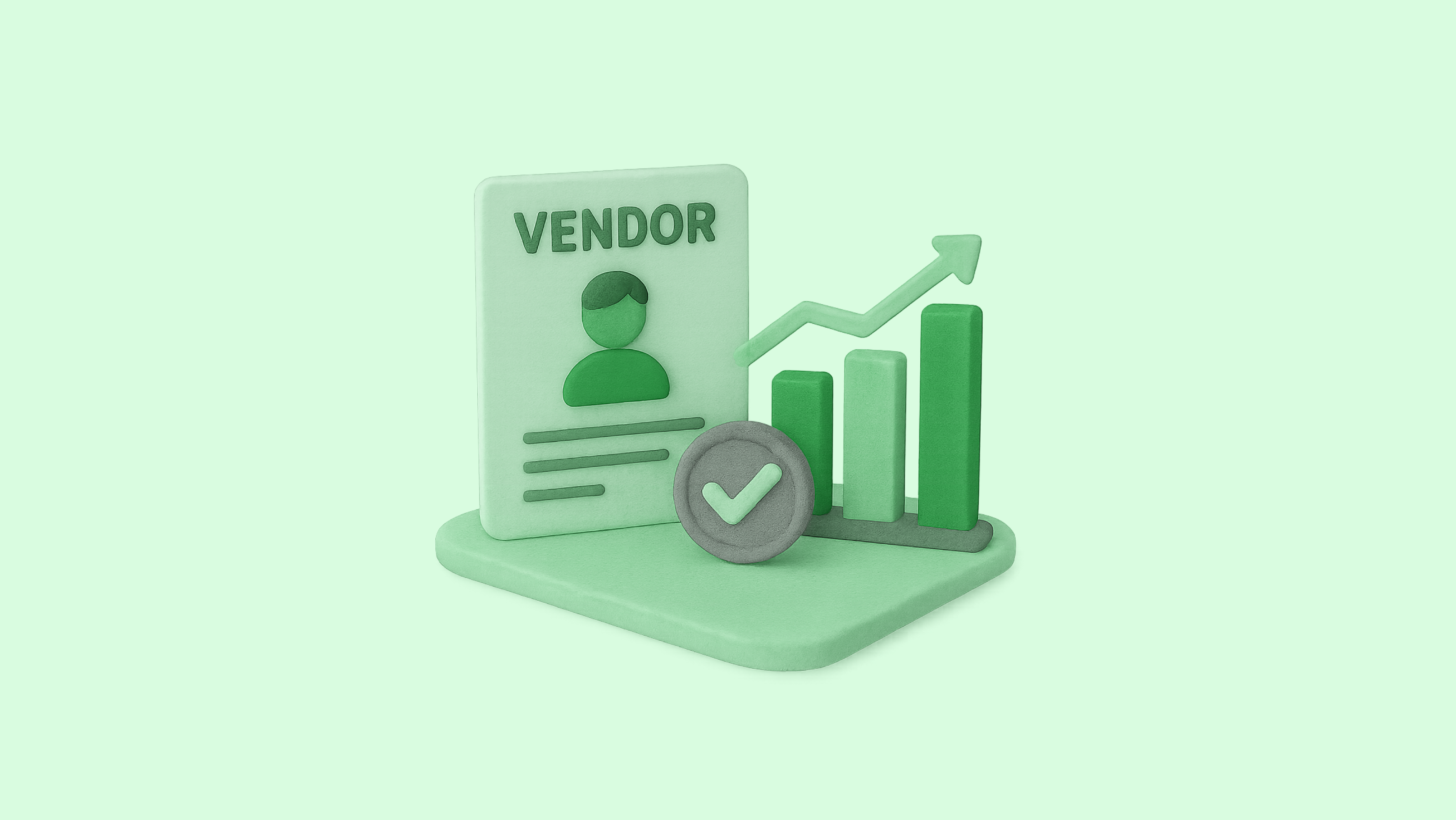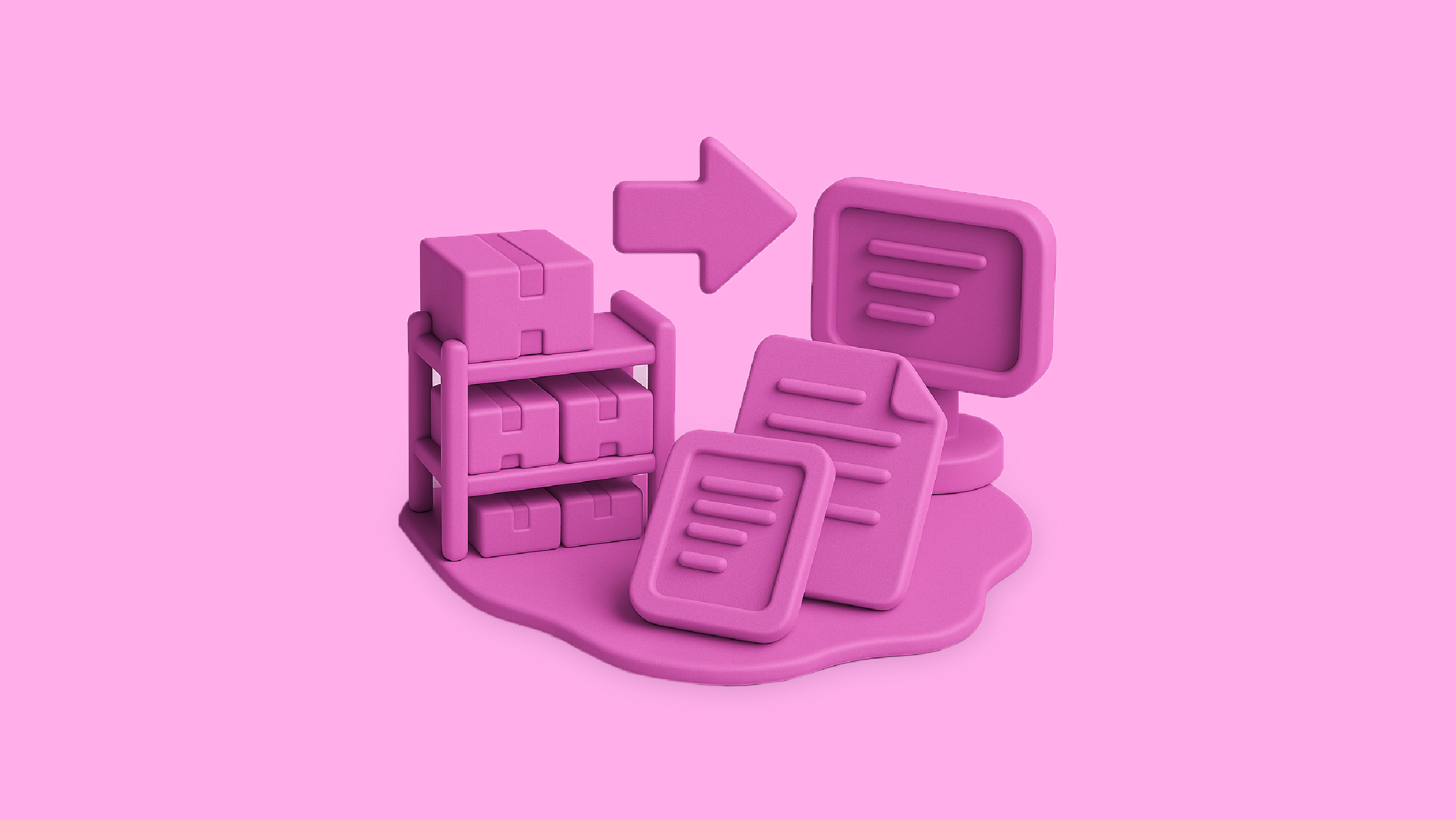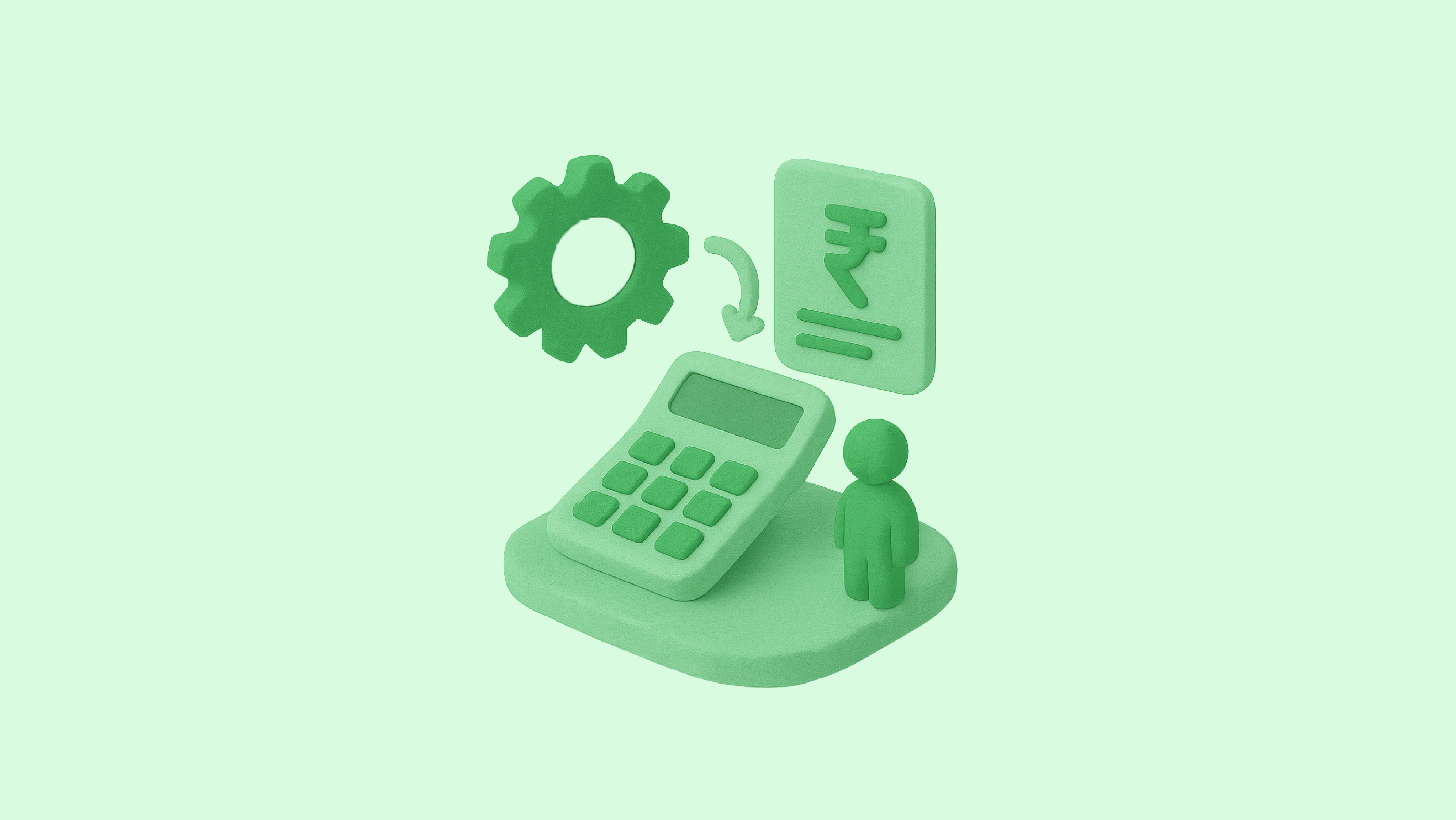Managing accounts payable (AP) efficiently is crucial for any business. One of the common challenges in AP management is duplicate payments. Duplicate payments occur when the same invoice is paid more than once, leading to financial losses, strained vendor relationships, and accounting discrepancies. While it may seem like a minor issue, even a few duplicate payments each month can add up to significant losses over time. Fortunately, with the right processes and tools, businesses can prevent these errors and maintain accurate financial records.
Understand the Causes of Duplicate Payments
Before addressing duplicate payments, it is essential to understand why they happen. Common causes include:
- Manual Data Entry Errors: Entering invoice details manually increases the risk of mistakes, especially in high-volume environments. Even small errors in invoice numbers, amounts, or dates can lead to duplicate payments.
- Poor Invoice Tracking: Without a clear system to track invoices, the same invoice may be submitted multiple times or processed by different team members.
- Multiple Approval Levels: In organizations with multiple approval stages, a lack of coordination can result in the same invoice being approved and paid more than once.
- Limited Integration Between Systems: If AP and accounting systems are not properly synced, payments may be processed without a clear view of previous transactions.
By identifying these causes, businesses can implement targeted measures to prevent duplicates.
Implement a Robust Invoice Management System
One of the most effective steps in duplicate invoice prevention is adopting a structured invoice management system. Centralized tracking of invoices ensures that all entries are recorded, verified, and monitored. Key practices include:
- Invoice Number Verification: Assigning unique invoice numbers and verifying them before processing payments.
- Cross-Referencing Vendor Details: Checking vendor names, contact information, and payment terms to ensure consistency.
- Centralized Record-Keeping: Storing invoices in a central system reduces the risk of misplaced or duplicate documents.
Investing in digital vendor invoice management best practices can significantly reduce errors and streamline the payment process.
Standardize Approval and Payment Workflows
A clear and standardized approval process is crucial to prevent duplicate payments. Best practices include:
- Defined Approval Hierarchies: Establish who approves invoices at each stage and ensure responsibilities are clear.
- Multi-Level Verification: Having two or more checkpoints for high-value invoices reduces errors.
- Consistent Payment Schedules: Regular schedules for invoice processing help teams manage payments without rushing, which can lead to mistakes.
Standardized workflows not only prevent duplicate payments but also make audits and reconciliations more efficient.
Leverage Automation and Technology
Technology plays a critical role in ensuring AP data accuracy and minimizing duplicate payments. AP automation tools can detect potential duplicates by comparing invoice numbers, amounts, and dates. Benefits include:
- Automatic Duplicate Detection: Systems flag invoices that match existing entries before payments are made.
- Integration with Accounting Software: Syncing AP tools with accounting software ensures all payments are tracked in real time.
- Automated Alerts: Teams receive notifications when anomalies or potential duplicates are detected.
Businesses that adopt digital solutions for accounts payable reconciliation tips often see a significant reduction in errors and improved efficiency in managing cash flow.
Conduct Regular Reconciliation and Audits
Even with strong systems, regular reconciliation and AP audit controls are essential. These practices help catch errors early and maintain financial integrity. Effective strategies include:
- Periodic Reconciliation: Compare invoices, purchase orders, and payment records regularly to identify discrepancies.
- Audit Trails: Maintain clear records of who approved and processed each payment.
- Exception Reporting: Generate reports to review payments flagged as unusual or duplicates.
Regular audits not only prevent losses but also strengthen trust with vendors and stakeholders.
Maintain Clear Vendor Communication
Collaboration with vendors is an often-overlooked aspect of duplicate invoice prevention. Clear communication can prevent misunderstandings and reduce errors. Best practices include:
- Unique Invoice Identifiers: Encourage vendors to use distinct invoice numbers for every submission.
- Regular Updates: Keep vendor records current, including banking details and contact information.
- Prompt Query Resolution: Address any discrepancies with invoices quickly to avoid duplicate payments.
Strong vendor relationships complement internal controls and support smoother financial operations.
Train and Educate Your AP Team
The human element remains critical in preventing duplicate payments. Teams must understand best practices for vendor invoice management and maintain high standards of AP data accuracy. Training initiatives can include:
- Workshops on Invoice Verification: Teach staff how to check for duplicates effectively.
- Awareness of Common Errors: Educate employees on typical mistakes that lead to duplicate payments.
- Fostering Accountability: Promote a culture where accuracy and diligence are valued at every stage of the AP process.
A well-informed team can detect and prevent errors before they escalate, complementing technology and processes.
Monitor and Improve Continuously
Continuous improvement is key to reducing duplicate payments over the long term. Businesses should:
- Track Metrics: Measure the frequency of duplicate payments and monitor trends.
- Review Processes: Periodically assess workflows to identify bottlenecks or gaps.
- Adapt to Changes: Update software settings, policies, and training programs based on evolving business needs.
Ongoing monitoring ensures that preventive measures remain effective and aligned with organizational goals.
Conclusion
Duplicate payments in accounts payable can have serious financial consequences, but they are preventable with the right combination of systems, processes, and team awareness. By implementing structured vendor invoice management best practices, standardizing workflows, leveraging automation, conducting regular reconciliations, and training AP teams, businesses can maintain AP data accuracy and reduce errors. These steps not only protect financial resources but also strengthen relationships with vendors and simplify audits.
Preventing duplicate payments requires a proactive approach, and even small improvements can yield significant benefits. Businesses that prioritize these practices position themselves for smoother financial management and better operational efficiency.





